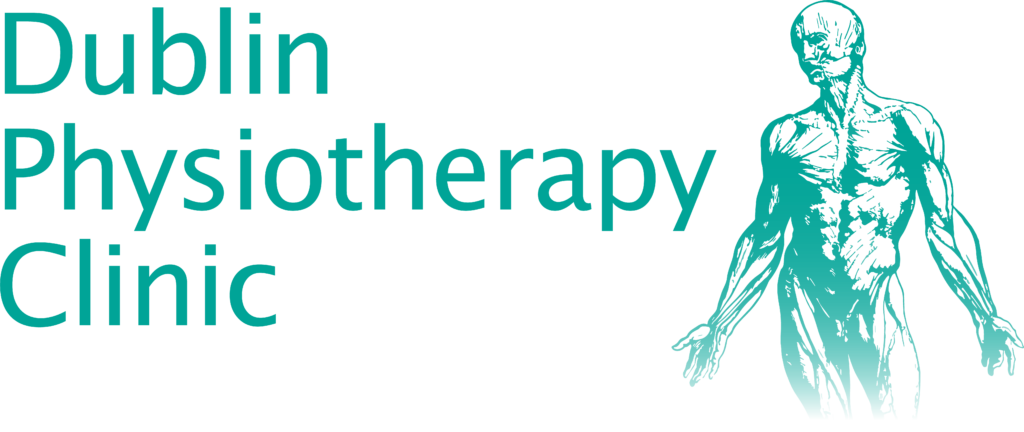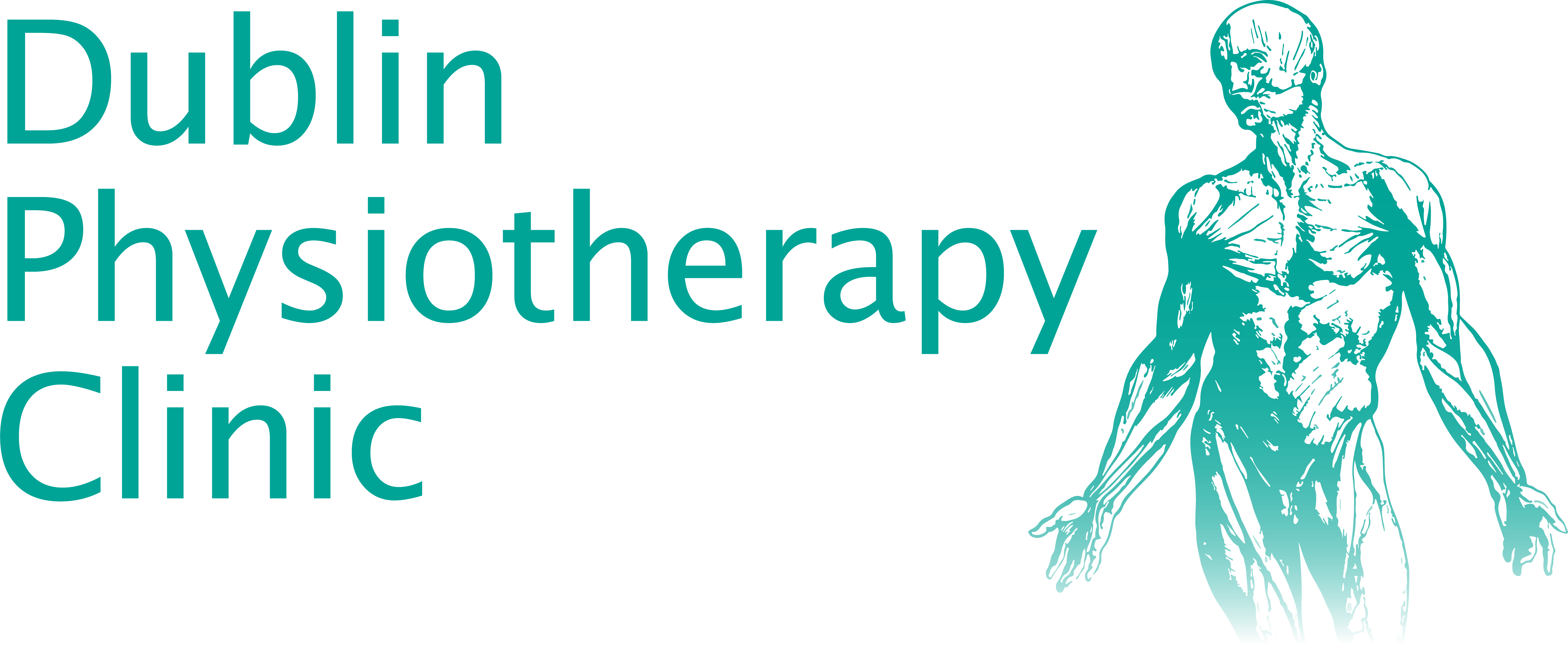Are stretches a good or bad idea for sciatica? Stretches are not a good idea for sciatica and I will explain why in this post.
It is very tempting with acute sciatic pain to think that you can stretch the nerve to try to help the situation. However, nerves are not like muscles, ligaments, or tendons that need to be stretched when they contract or get stiff.
What Happens When You Stretch a Nerve
Nerves actually become sensitive to movement if something has caused irritation or compression on them.
That is the first important difference between muscles and nerves. Nerves slide and twist as our body moves into different positions. Somehow, if something is causing compression or irritation, then the nerve is unable to adapt the same way, as it would do if it had not been irritated.
The most important thing about moving a nerve is that you must ensure it is not still under compression while moving it. If you try stretching a nerve that is under compression, all you do is aggravate it and cause significant damage to it by putting too much tension through the fibers. Remember that nerves are a sensitive structure and you, therefore, need to be mindful of the pressure you are putting on them.
Moving Nerves
How do you know when it is time to start moving the nerve? The severity of the leg pain corresponds to the degree of compression on the nerve and that is the first good marker.
Secondly, if the nerve is becoming less compressed usually you will find that the radiation of pain down the leg is also becoming less severe. These two things go hand in hand.
Thirdly, the distance down the leg that the pain is being referred, will usually diminish as the pressure is reducing on the nerve. Even if the pain levels are still the same, but there are tell-tale signs that indicate pressure reduction in the nerve, this can be a clue as to when you can start doing things to get the nerve moving more freely if it is less compressed.
This should happen in a relatively short time- a couple of days, but should not extend to one or two weeks. If your symptoms are severe or without a timeline, this would indicate severe nerve compression.
Another useful self-test is to try and slowly straighten one leg out in front when you are in a seated position. This movement puts some stretch and tension on the nerve but also requires a sciatic nerve to slide through the spine and out through the leg. It is very easy to measure how straight your knee is so you can get to know whether the sensitivity is reducing, judged by how straight your knee is able to go.
If on the other hand, you find it very painful to seat even before you try extending the leg, there is absolutely no point in trying this out. You still have a severe compression on the nerve and seating squashes the disc even more. The effect causes increased pressure on the nerves. Trying to make any movements on the nerve is contraindicative while in this situation.
What are the treatments needed if it is not possible to move the nerves? In general, physiotherapists try to open up space for the nerve and this may involve positioning the joints in a way that naturally changes the anatomy. This is the first thing to do when trying to reduce compression on the nerves.
The second strategy is to try moving the joints around the area where the disc protrusion has occurred because they will often become stiff and the effect of that stiffness is to focus the pressure on the area where the disc is irritated. Treatments that try to redistribute pressure over a few different segments of the lower spine are another way of trying to reduce the pressure on the nerves.
Use treatment modalities that try to reduce swelling can also work. They may be anti-inflammatory measures such as using ice, ultrasound, interferential, or laser therapies. These modalities are used for the swellings on both around the bulging disc and swelling around the nerve root under compression.
If your sciatica is more intermittent, the indication is that the nerve is being more permanently compressed and you can get more aggressive with the types of movement that will help in opening up space for the nerve. These movements may include bending the knee up to the chest, stretching the nerve across the back of the buttock and make it slide and move its path out of the spine. If you add an extra component of straightening the knee, the nerve is then pulled out down to the length of the leg.
One of the things to remember is that while doing this, you are not really stretching the nerve. Rather, you are taking the sensitivity out of the nerve. To do this, you need treatment techniques that impact movement in the nerve. However, while doing this, ensure that you are not putting pressure on the nerves.
In addition, make sure that you do not hold tension in the nerve while trying to move it. The nerve is more sensitive to sustained tension. When doing movements to try regaining the normal function of a nerve it should be in a rhythmical movement, without holding the tension for prolonged moments.
In summary, the intensity of nerve stretching comes down to the severity of your condition. A skilled clinician who has experience in managing back pain can help you in evaluating the appropriate steps to follow and monitor your progression to ensure that you are achieving decompression.






